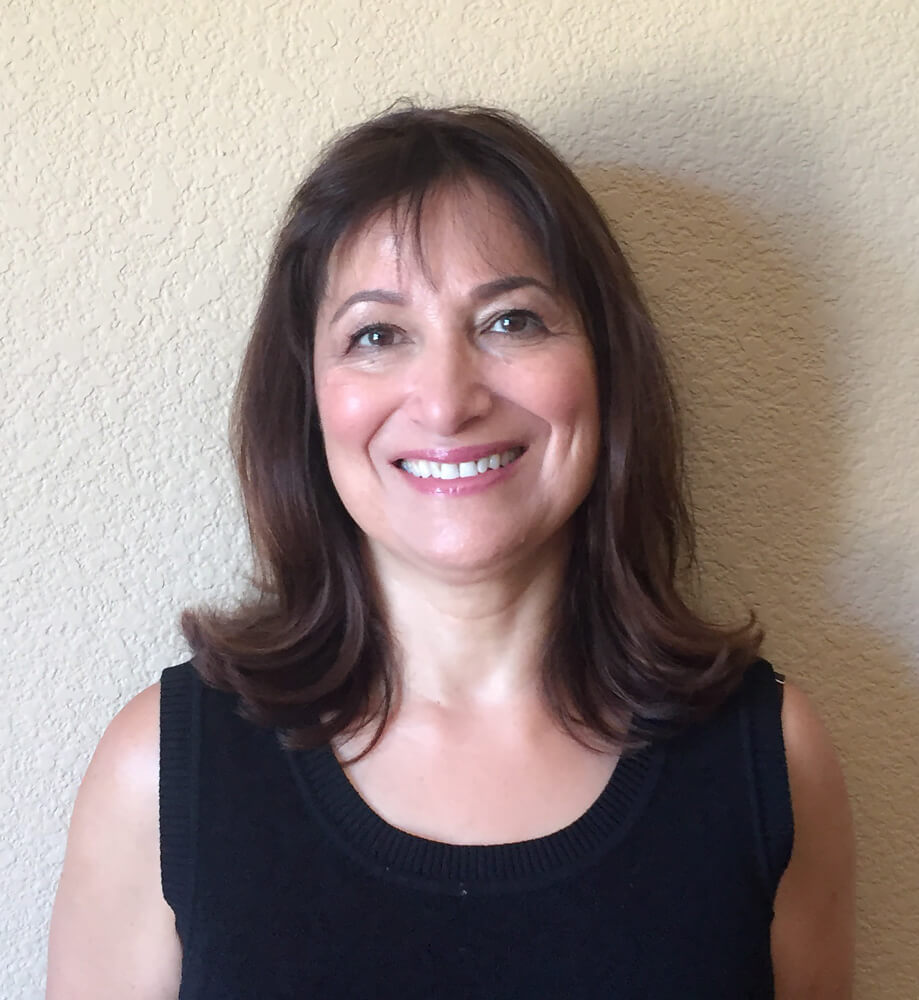I was born in Iran and lived the first 18 years of my life there. The vivid memories of my homeland are its cold winters with snowcapped mountains, cars swerving on slippery roads, a small frozen pool, and me hoping that school would be cancelled; my mom preparing pomegranate for my siblings and I, and at the same time warming my hands with her warm breath.
During the next forty years I enjoyed getting my degrees in Biology and Education in California, USA, raising my two children , and working in the field of education. I taught elementary school for 21 years.
I picked up photography after I retired from teaching. I loved it immediately because it gave me a new voice to express myself and be creative. I found that photography and its many genres is a unique language with many dialects, and it can bring people from all over the world together. But now my love of photography has developed into a passion during the Covid-19 Pandemic. I appreciate it for helping me delve deep into my soul and understand myself better. During the lockdown photography has become my best friend and companion.
Statement
I approach photography of modern architecture as a visual puzzle that needs to be unravelled. My images are theatrical and mysterious. When I hold the camera, it awakens a sense of curiosity in me. I look up, ponder at the lines of steel coming together, light and shadow intertwining to form reflections, and I question how far into the space the lines travel, and the patterns repeat themselves. Reflections of outside buildings form mysterious forms and rhythms on the structural facade of modern architecture, inviting it to form a community with its surrounding.
I appreciate the modern architecture for its beauty.
